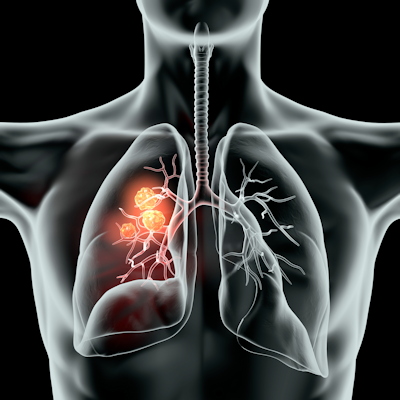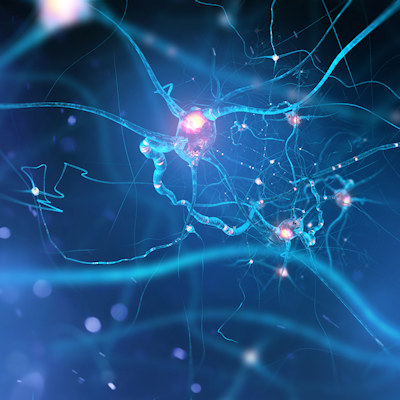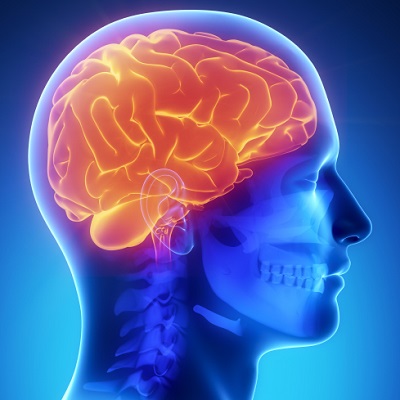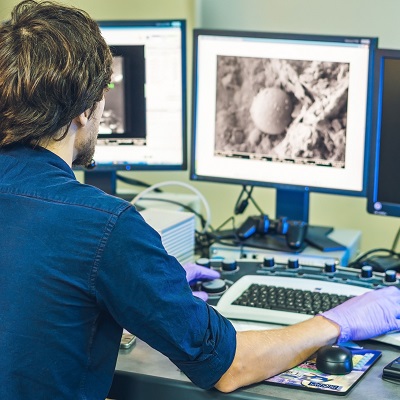November 4, 2022 -- Researchers at the National Institute of Neurological Disorders and Stroke (NINDS) have discovered a new daily rhythm in the inhibitory synapses that dampen brain activity and consolidate new information into long-lasting memories. Their study in mice, published November 1 in the journal PLOS Biology, may help explain how synaptic changes enhance human memory.
The researchers monitored inhibitory synapses during sleep and wakefulness in mice. Electrical hippocampus neuron recordings showed that during wakefulness steady "tonic" inhibitory activity increased, while fast "phasic" inhibition decreased. Larger activity-dependent enhancement of inhibitory responses were found in awake mice, suggesting that wakefulness may strengthen these synapses.
Inhibitory neurons use the neurotransmitter gamma-aminobutyric acid (GABA) to decrease nervous system activity. Once released into the synaptic cleft between neurons, GABA molecules bind to GABA type A (GABAA) receptors on neighboring excitatory neurons, rendering them less likely to fire.
Synaptic changes during wakefulness were found to be driven by increased numbers of receptors, suggesting that the accumulation of GABAA receptors during wakefulness may build "synaptic plasticity" -- stronger, more efficient inhibitory synapses.
Specialized brain cells called interneurons balance neural activity during the sleep-wake cycle. Two interneurons -- parvalbumin and somatostatin -- are critically involved in synapse regulation.
To learn which one was responsible for plasticity, the team used optogenetics which leverages light to turn cells on or off. They found that wakefulness led to more α5-GABAA receptors and stronger connections from the parvalbumin interneurons. The study advances understanding of sleep-wake cycles, along with neurological disorders rooted in abnormal brain rhythms, including epilepsy.
"Inhibition is actually quite powerful because it allows the brain to perform in a fine-tuned manner, which essentially underlies all cognition," co-author Wei Lu, PhD, senior investigator at NINDS, said in a statement.
Copyright © 2022 scienceboard.net












